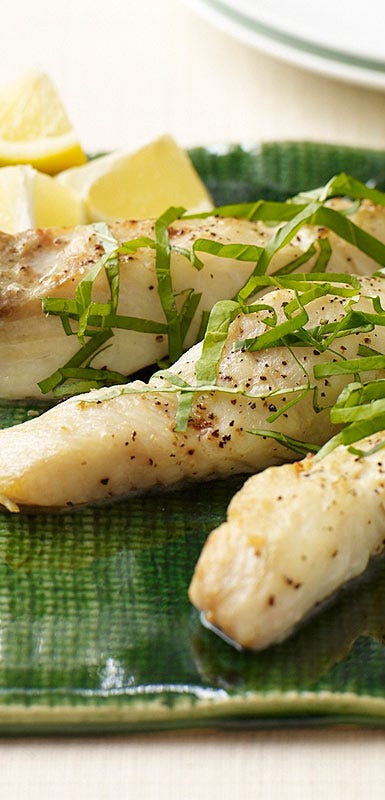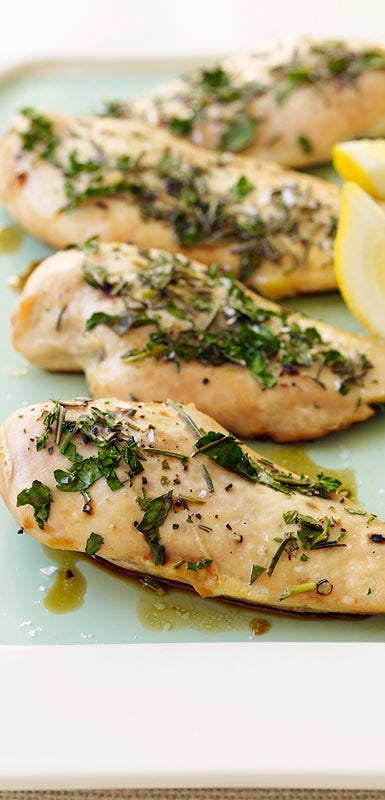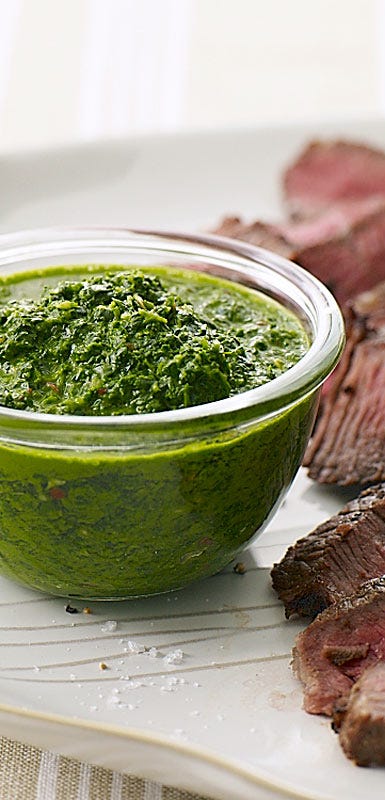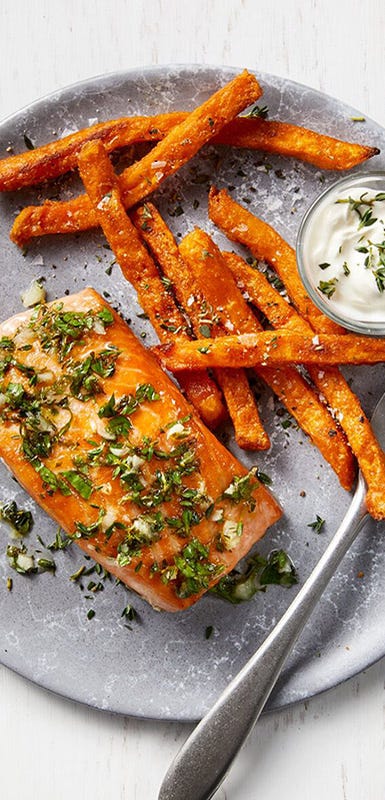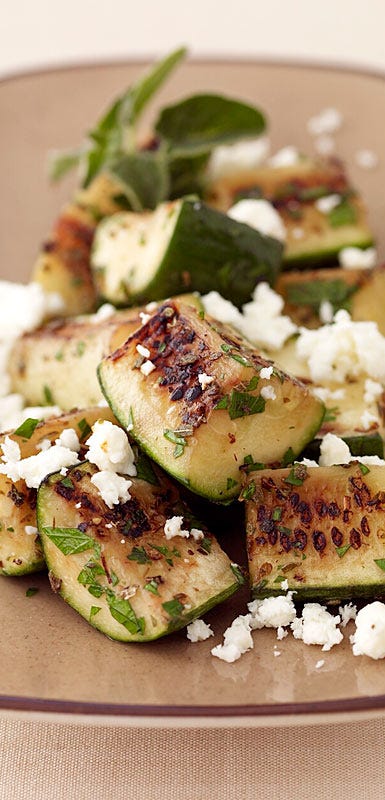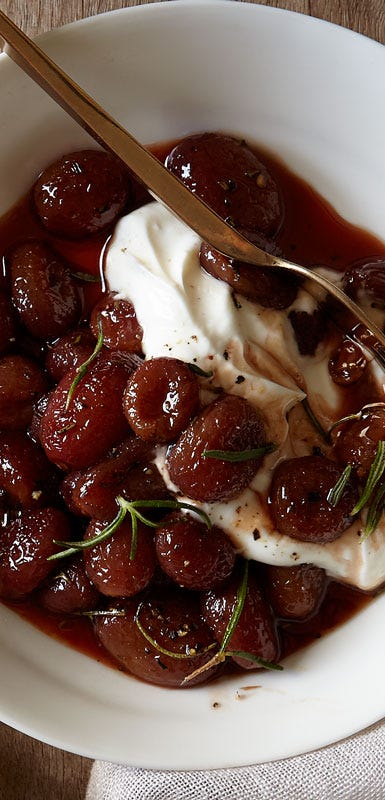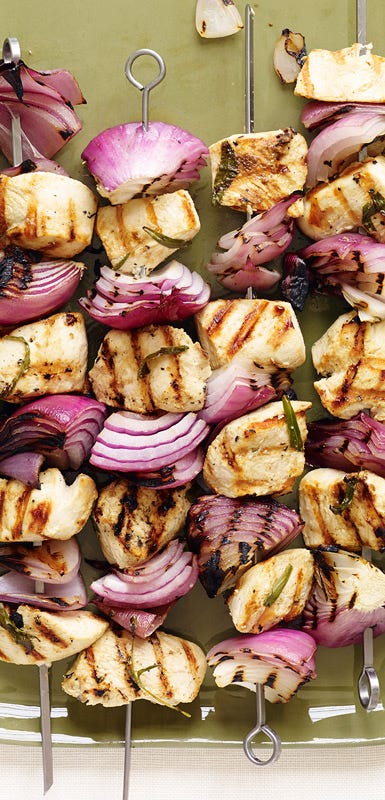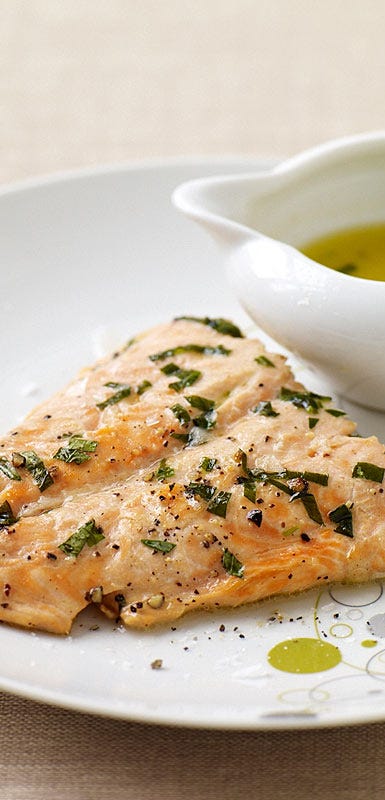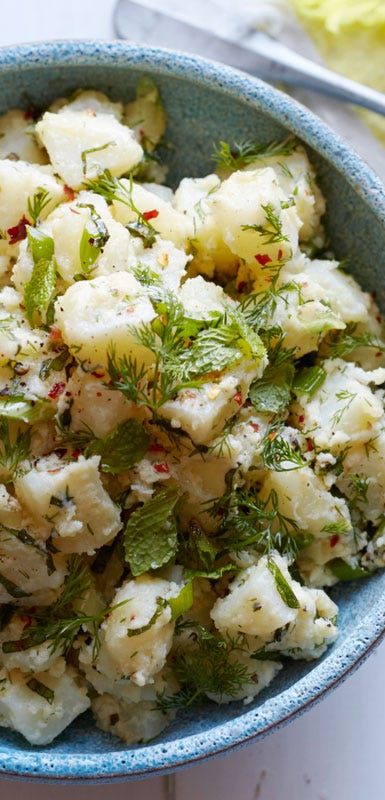12 Fabulous Fresh Herbs: How to Buy, Store, and Enjoy Them All
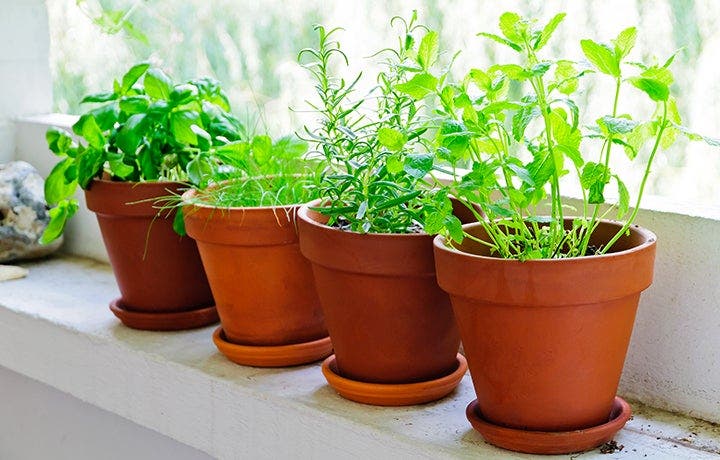
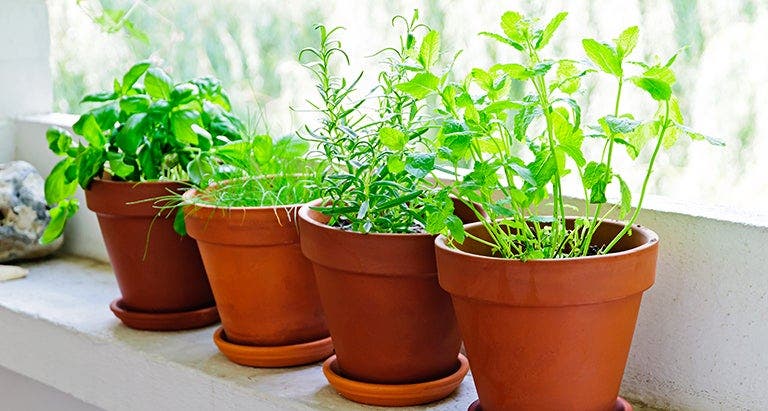
When it comes to cooking, herbs can liven up a dish—that is, if you know how to use them correctly. Read on to learn the secrets to great tasting dishes.
How to buy, store, and grow fresh herbs
- Fresh vs. dried: The difference is indisputable: Fresh tastes more sprightly and more complex, and looks prettier too. But dried herbs are useful in their own way — they hold up better over long simmering times. Use 1/3 as much dried as fresh (1 tsp dried = 1 Tbsp fresh).
- Store them right: Fresh herbs can last a week and often more, provided you store them correctly. Treat leafy herbs such as parsley and basil like freshly cut flowers—snip off the ends and place in a glass with about an inch of water. Cut some ventilation holes in a plastic bag and slip it over the top. They’ll last longest in the fridge, but the countertop works well too; just change the water every 2 days. Store woody herbs like oregano, rosemary and thyme in your refrigerator’s crisper drawer, loosely wrapped in plastic.
- Grow your own: All you need is a pot and a window to grow your own herb garden. They’re among the easiest plants to grow, and once they’re thriving, you can snip off exactly what you need.
12 delicious fresh herbs to try
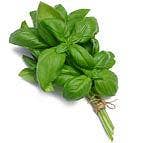 | Basil |
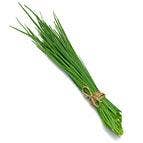 | Chives |
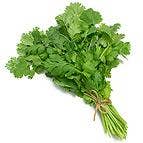 | Cilantro |
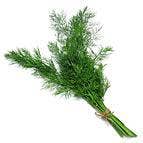 | Dill |
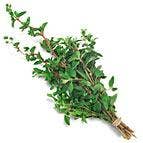 | Marjoram |
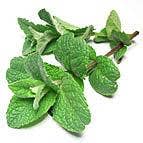 | Mint |
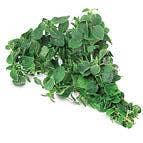 | Oregano |
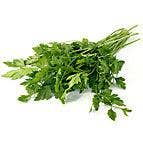 | Parsley |
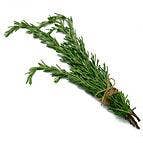 | Rosemary |
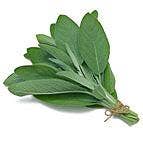 | Sage |
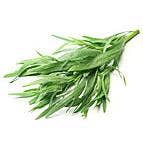 | Tarragon |
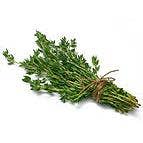 | Thyme One of the most widely used herbs, thyme is prized for its affinity for so many other ingredients. Its warm, woodsy flavor complements meat, poultry and fish, vegetables (it’s a natural with mushrooms) and even fruit (we especially like it with figs). Toss a sprig into a simmering soup or stew, and at the end of cooking, remove the now-naked stems. Or strip the leaves by running your fingers down the stem, and add them toward the end of cooking. |

